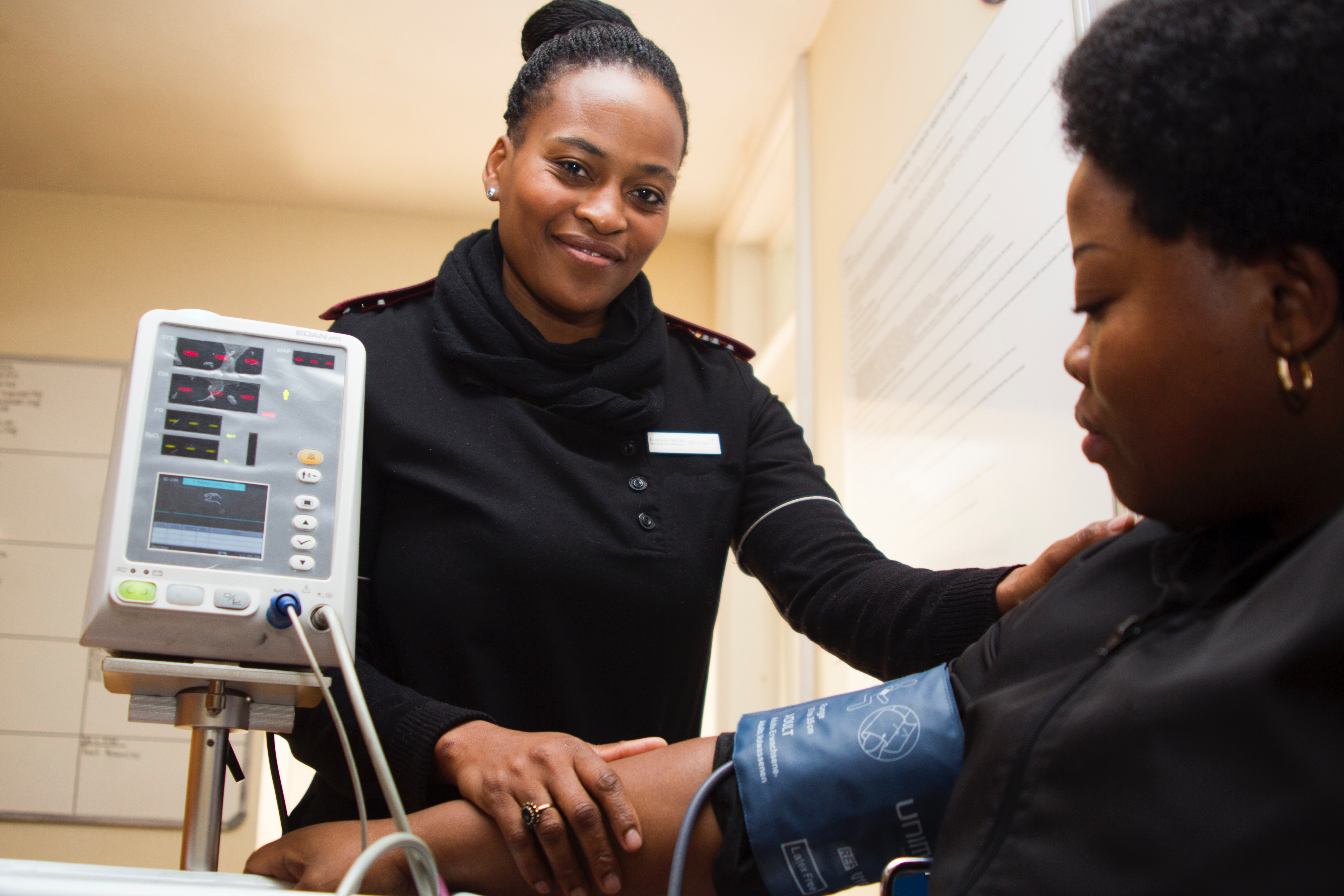Consumer Perspectives: Integrated Care – A Model of Service in Behavioral Health

Photo credit: Hush Naidoo
By Kevin, Steven, Christopher, Gregory, Charles, Michael, and Chrissy
Behavioral Health News
Fall 2019
This article is part of a quarterly series giving voice to the perspectives of individuals with lived experiences as they share their opinions on a particular topic. The authors of this column facilitated a focus group of their peers to inform this writing. The authors are served by Services for the UnderServed.
Many of us that have lived experience know people who have died before they reached what most people consider “old age,” mostly from untreated and preventable chronic illnesses. According to the World Health Organization, “The vast majority of these deaths are due to chronic physical medical conditions such as cardiovascular, respiratory and infectious diseases, diabetes and hypertension. Suicide is another important cause of death.” There are a number of us who have been impacted by mental illness, substance use and homelessness, causing us great instability and distress. It’s no wonder why we may have greater behavioral and physical health needs, and those needs often go unmet. These barriers to good integrated healthcare have included professionals’ failure to recognize our illnesses when they happen (both behavioral health and medical), treatment that doesn’t meet our needs or is not “best practice,” poor monitoring after we have been referred for treatment and, at times, our own reluctance to use healthcare services.
Under One Roof
Our group discussed the benefits of having access to quality integrated Health Care. We agreed that one successful model of service is having primary medical care, mental health and substance treatment all under one roof. We felt that the convenience of this model meant that we and others offered this opportunity would be more likely to access the services. One member of our group mentioned that he particularly valued how easy it was to schedule appointments and see more than one provider in the same day. Three people in our group who have mental health and substance use challenges, as well as physical health needs, stated they felt that having services with “no wrong door” was life-saving for them. In essence, it is incredibly important that those seeking help for mental health OR substance use OR physical health issues, would receive treatment for any two or even all three, no matter what type of services they initially asked for.
One group member described having been diagnosed with diabetes soon after arriving at a residential substance use treatment program. This particular program also had a physical health clinic at the same location. For this person, once he received his unexpected diagnosis, he was “grateful” that he was in treatment, because he may not have followed through with medical care had he still been “on the streets.” Having the two types of services at the same location made it very easy to follow up with all his appointments. He also felt that the medical staff had provided him with support for all his needs “through education and counseling.” This belief in the importance of having multiple services located at the same location was echoed by other group participants. Another member of our group declared that having access to mental health services at the same site as his drug treatment program was invaluable, as he was willing to participate in that type of service because it was so easy and accessible.
The more we talked, the more we agreed co-located behavioral health and primary care providers are very effective in helping us stick with care that we want and need. Additionally, the easier it is to get behavioral health care at the same time as physical health care, the less likely we feel stigmatized by receiving behavioral health services. We recognize that not every model will work for everyone. Many of us are familiar with two other types of services that help to integrate care: Certified Community Behavioral Health Clinics (CCBHCs) and peer services. CCBHCs are a new and promising model of integrated health care that breaks down silos. At S:US, there are two CCBHCs which provide mental health and substance use treatment as well as integration with physical health care. The beauty of this is that we can access these services as a regular on-site part of our care. Our group also felt strongly that peer services, as an element of the integrated health care system, adds great value. Peers are so often better received by those seeking services because of their shared lived experience and are skilled at empowering and connecting individuals to a range of services and community supports.
We overwhelmingly agreed that having integrated services is integral to moving toward a better quality of life. Silos in services still exist and create barriers for the most vulnerable people. We absolutely need a more user-friendly health care system that takes us into consideration so we can receive comprehensive, whole-person care in whatever setting we may find ourselves. Care should be easy to get, not as hard as it is and we know there are models out there that work. We need more of them.
